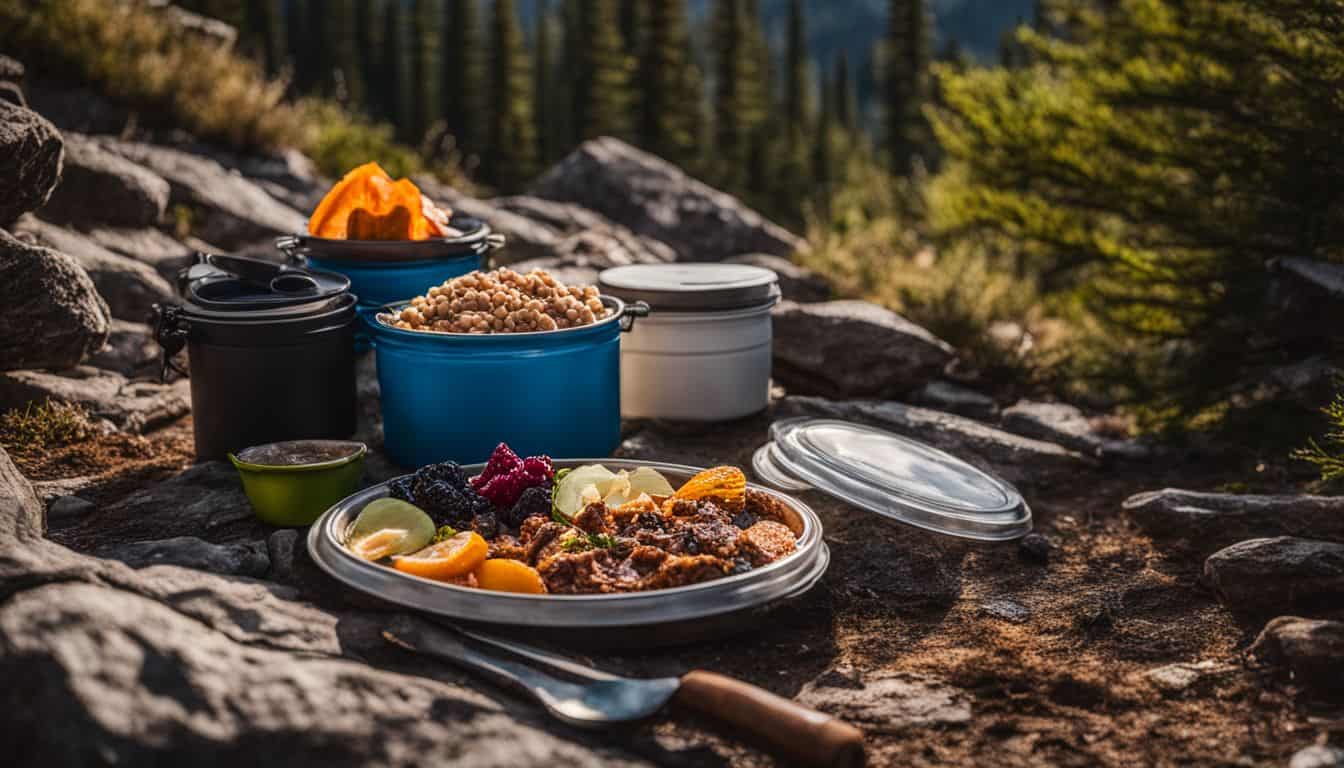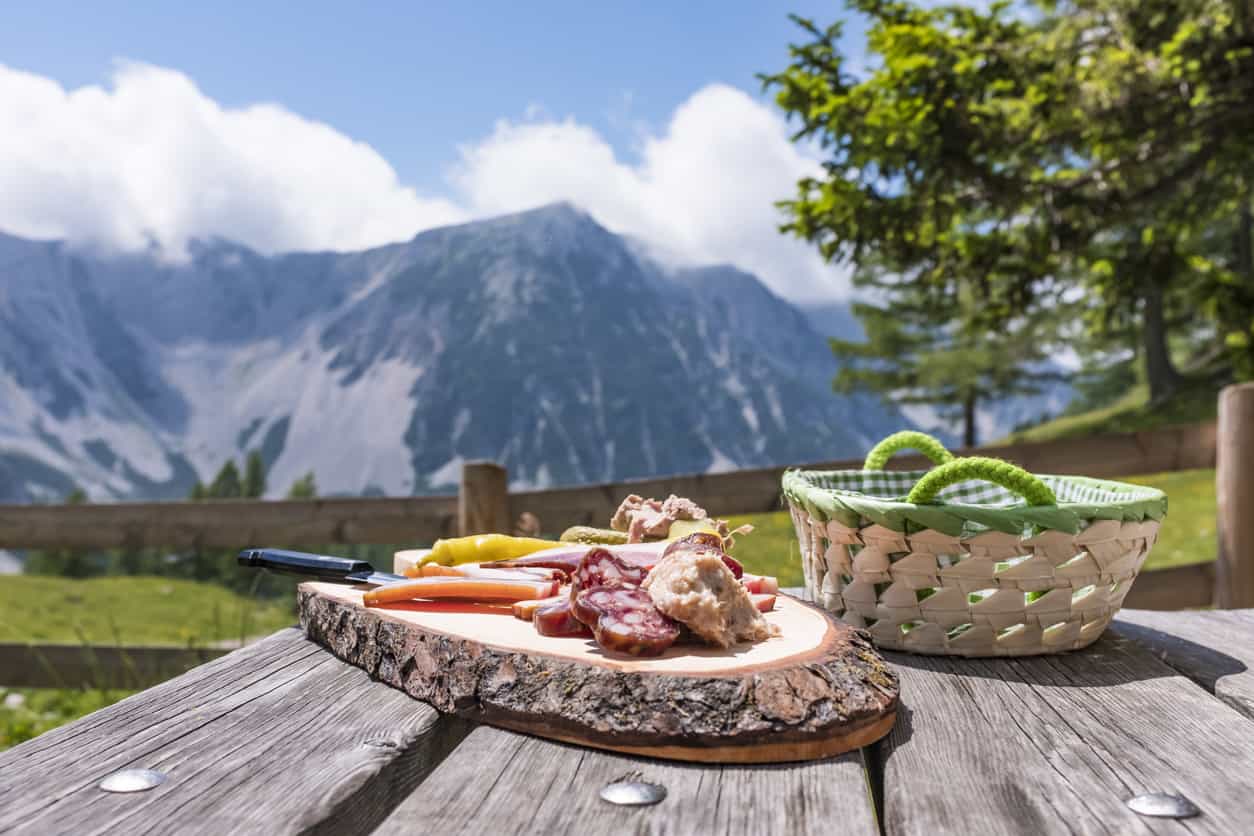Proper nutrition is the cornerstone of any successful backpacking trip. Whether you’re a seasoned hiker or a beginner, understanding how to fuel your body for the trail is crucial. This guide will walk you through everything you need to know about backpacking nutrition, ensuring you stay energized and healthy on your outdoor adventures.
Understanding Backpacking Nutritional Needs
Backpackers require significantly more calories than they would in their day-to-day lives. Depending on factors such as terrain, weather, and pack weight, you need anywhere from 2,500 to 4,500 calories per day. But it’s not just about quantity; the quality and balance of nutrients are equally important.
The physical demands of backpacking can quickly deplete your body’s energy stores. Hiking with a heavy pack, navigating challenging terrain, and being exposed to various weather conditions all increase caloric needs. Proper fueling is essential to maintaining energy levels, supporting muscle function, and preventing fatigue.
The Goldilocks Approach to Backpacking Nutrition
Finding the right balance of nutrients is crucial. The “Goldilocks Approach” means consuming just the right amount – not too much, not too little. Aim for a macronutrient balance of approximately:
- 45-55% carbohydrates
- 35-40% fats
- 10-15% protein
This balance helps maintain steady energy levels, supports muscle recovery, and keeps you feeling satiated throughout your hike. However, these percentages can vary based on individual needs and the specific demands of your trip.
Essential Macronutrients for Backpackers
Carbohydrates: The Hiker’s Fuel
Carbohydrates are your body’s preferred source of quick energy. Complex carbs provide sustained energy, while simple carbs offer quick boosts. Aim for 60-90 grams of carbs per hour during intense hiking.
Whole grains, oats, quinoa, and sweet potatoes are good sources of complex carbohydrates. For quick energy, consider fruits, energy gels, or sports drinks. Remember that your body can only process a limited amount of carbohydrates per hour, so spreading your intake throughout the day is essential.
Proteins: Repair and Recovery
Protein is crucial for muscle repair and recovery. Aim for about 1 gram per kilogram of body weight daily. Include protein sources in each meal and snack to maintain muscle mass and aid recovery.
Excellent protein sources for backpackers include nuts, seeds, jerky, dried meats, and protein powders. For longer trips, consider freeze-dried meats or fish to add variety to your meals while keeping weight down.
Fats: Long-lasting Energy
Fats provide more than twice the calories per gram compared to carbs and proteins, making them an excellent, long-lasting energy source. They’re vital for maintaining body heat in cold weather.
Incorporate healthy fats into your diet through nuts, seeds, nut butters, olive oil, and avocados. These calorie-dense foods provide essential fatty acids that support overall health and energy production.
Hydration and Electrolytes
Proper hydration is critical for backpackers. Aim to drink about 1 liter of water every 2 hours of hiking. You may need to increase this in hot weather or at high altitudes. Remember electrolytes – essential for maintaining proper fluid balance and preventing hyponatremia.
Electrolyte imbalances can lead to serious health issues, especially during prolonged physical activity. Consider adding electrolyte tablets or powders to your water, particularly on longer or more strenuous hikes. Coconut water and sports drinks can also be good sources of electrolytes, but be mindful of their sugar content.
Meal Planning for Backpacking Trips
When planning meals for your trip, consider the length and intensity of your hike. For backpacking remote trails, you’ll need to be especially mindful of weight and food preservation. Here’s a sample day plan:
- Breakfast: Oatmeal with dried fruits and nuts
- Snacks: Trail mix, energy bars, dried meat
- Lunch: Tortillas with peanut butter and honey
- Dinner: Freeze-dried meal with added olive oil for extra calories
When meal planning, consider the cooking equipment you’ll be carrying and the availability of water sources. No-cook meals can be an excellent option for reducing weight and saving time, but make sure they still provide adequate nutrition.
Choosing the Right Foods
Opt for lightweight, calorie-dense foods. Freeze-dried meals, dehydrated foods, nuts, dried fruits, and energy bars are all excellent choices. You can include some fresh foods like hard cheeses, carrots, or apples for shorter trips.
When selecting packaged foods, pay attention to the nutritional information. Look for options that provide a good balance of macronutrients and don’t contain excessive sodium or artificial additives. Consider repackaging store-bought items to reduce weight and minimize waste on the trail.
Nutrition Timing and Strategies
- Pre-hike: Eat a balanced meal 1-2 hours before hiking. This meal should include complex carbohydrates for sustained energy and some protein for muscle support.
- On-trail: Snack every 60-90 minutes to maintain energy levels. Alternating between complex carbs and simple sugars can help maintain steady energy throughout the day.
- Post-hike: Consume a mix of carbs and protein within 30-45 minutes after hiking to aid recovery. This helps replenish glycogen stores and supports muscle repair.
Consider carrying some easily digestible carbohydrates, like energy gels or chews, for quick energy boosts during particularly challenging sections of your hike.
Food Safety and Storage
Proper food storage is crucial for your safety and environmental protection. Use bear canisters or hang food bags where required. Always practice Leave-No-Trace principles, packing out all trash and leftover food.
Be aware of the regulations in the area you’re hiking in. Some regions have specific requirements for food storage to protect wildlife. In bear country, storing all scented items, including toiletries, with your food is essential.

Special Considerations
Altitude and Nutrition
At higher altitudes, your body may require more calories and fluids. The dry air and increased respiratory rate can lead to faster dehydration. Increase your water intake and add more carbohydrates to your diet to combat potential altitude-related appetite loss.
Dietary Restrictions
If you have specific dietary needs, such as vegetarian, vegan, or gluten-free diets, plan your meals carefully to ensure you meet your nutritional requirements. Many outdoor food companies now offer specialized meal options for various dietary restrictions.
Conclusion
Mastering backpacking nutrition is an ongoing process of learning and adaptation. As you gain more experience, you’ll likely find certain foods and strategies that work best for your body and hiking style. Understanding your body’s needs and planning accordingly will enable you to tackle any trail. Remember, the best nutrition plan keeps you energized throughout your adventure.
Just starting out? See our backpacking tips for beginners

Leave a Reply